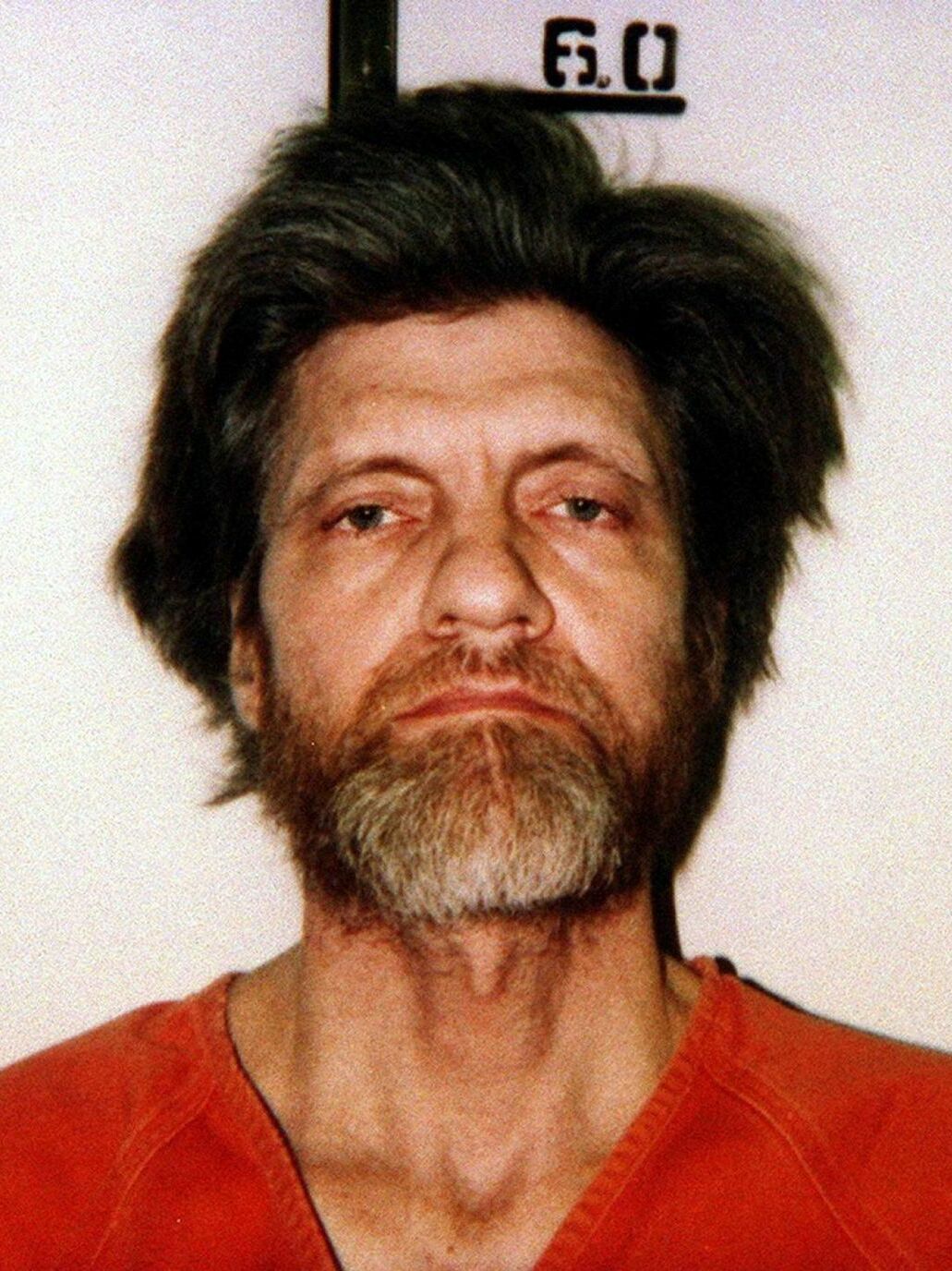Horatio Alger
They saw deformity, I found beauty
★★★★★
- Joined
- Sep 12, 2024
- Posts
- 5,477
Ted Kaczynski took the Stanford-Binet IQ test in 1952

 en.m.wikipedia.org
en.m.wikipedia.org
 en.m.wikipedia.org
en.m.wikipedia.org
He scored 167 which would equate to a deviation IQ of approx. 151 SD 15 (approx. top 1 in 3000 rarity) for Ted Kaczynski (I converted SD 16 to SD 15 for convenience)
And this chart here (DIQ, or Deviation IQ has an SD of 16 here, so Ted Kaczynski has a Deviation IQ of 154.7 SD 16):
Since it is reputed he took the Stanford-Binet at the age of 10, which is the age IQ stabilizes at according to Herrnstein and Murray, and Pumpkin person showing the correlation between childhood and adult IQ being 0.84, his adult IQ should regress towards the mean since, by definition, most people are normal and move closer to the average on a second sampling.

 en.m.wikipedia.org
en.m.wikipedia.org
Furthermore, since even the best IQ tests are imperfectly correlated with g and with other IQ tests as well (correlation 0.8??? btw dif IQ tests), the correlation between his childhood and adult IQ should be 0.84 × 0.8 ≈ 0.67 using different tests at each age
Expected adult IQ of someone 51 points above the mean in childhood (deviation IQ 151) is 51 × 0.67 ≈ 34 points above the mean which is 134 IQ
His adult IQ is 136 SD 15 on the WAIS-R, which almost perfectly matches what regression to the mean predicts
TLDR: The Unabomber had a childhood Deviation IQ of 151 SD 15, and had an adult Deviation IQ of 136 SD 15, which is perfectly explained by the statistical phenomenon of regression toward the mean

Ted Kaczynski - Wikipedia
The Stanford-Binet still used the mental age scale and ratio IQ instead of Weschler's deviation IQ back in 1952In 1952, three years after his brother David was born, the family moved to suburban Evergreen Park, Illinois, and Ted transferred to Evergreen Park Central Junior High School. After testing scored his IQ at 167,[15]
Stanford–Binet Intelligence Scales - Wikipedia
When Terman died in 1956, the revisions for the third edition were well underway, and Merrill was able to publish the final revision in 1960 (Roid & Barram, 2004). The use of deviation IQ made its first appearance in third edition, however the use of the mental age scale and ratio IQ were not eliminated.
He scored 167 which would equate to a deviation IQ of approx. 151 SD 15 (approx. top 1 in 3000 rarity) for Ted Kaczynski (I converted SD 16 to SD 15 for convenience)
Ratio IQ | Sare's predicted rarity | Normal (s.d. 16) rarity |
210 | 1/2,730,000 | 1/278,000,000,000 |
200 | 1/532,000 | 1/5,870,000,000 |
190 | 1/109,000 | 1/93,300,000 |
180 | 1/72,000 | 1/3,490,000 |
170 | 1/5,040 | 1/167,000 |
160 | 1/1,170 | 1/11,500 |
150 | 1/286 | 1/1,140 |
140 | 1/80 | 1/161 |
And this chart here (DIQ, or Deviation IQ has an SD of 16 here, so Ted Kaczynski has a Deviation IQ of 154.7 SD 16):
Ratio IQ | MA/CA | ln(MA/CA) | sigma | DIQ |
167 | 1.67 | 0.51282 | 3.41882 | 154.7 |
Since it is reputed he took the Stanford-Binet at the age of 10, which is the age IQ stabilizes at according to Herrnstein and Murray, and Pumpkin person showing the correlation between childhood and adult IQ being 0.84, his adult IQ should regress towards the mean since, by definition, most people are normal and move closer to the average on a second sampling.

Regression toward the mean - Wikipedia
Furthermore, since even the best IQ tests are imperfectly correlated with g and with other IQ tests as well (correlation 0.8??? btw dif IQ tests), the correlation between his childhood and adult IQ should be 0.84 × 0.8 ≈ 0.67 using different tests at each age
Expected adult IQ of someone 51 points above the mean in childhood (deviation IQ 151) is 51 × 0.67 ≈ 34 points above the mean which is 134 IQ
His adult IQ is 136 SD 15 on the WAIS-R, which almost perfectly matches what regression to the mean predicts
The WAIS-R results were Verbal Score of 138, Performance Score of 124, and Full Scale Score of 136. The split between Verbal and Performance IQ is large, but not significant, in that there is no impairment in the performance score and no specific deficits in any subtests. His scores reflect a very strong verbal ability level, with a lower, but still above average performance ability.
TLDR: The Unabomber had a childhood Deviation IQ of 151 SD 15, and had an adult Deviation IQ of 136 SD 15, which is perfectly explained by the statistical phenomenon of regression toward the mean





